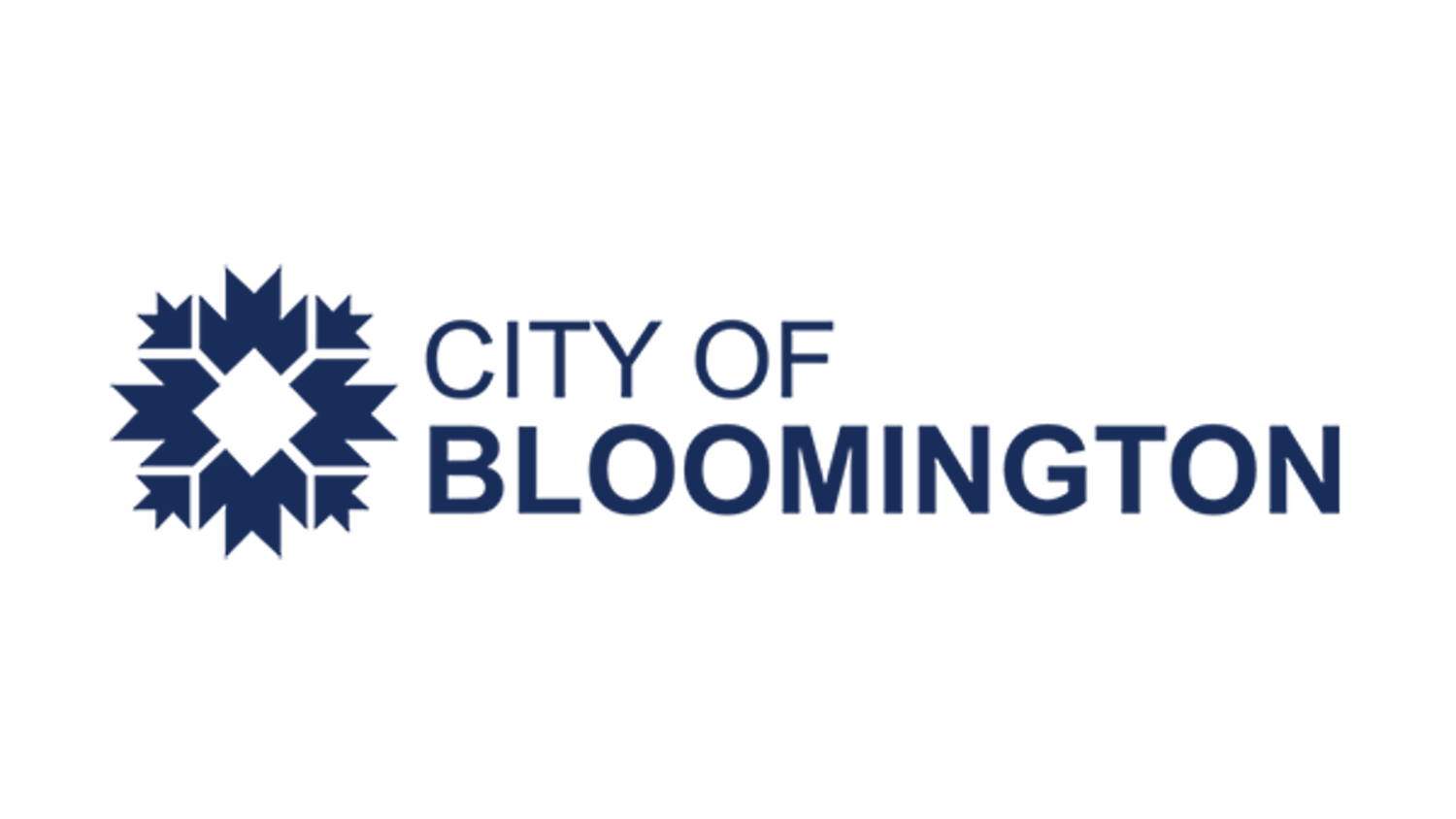Researchers from Indiana University began conducting a four-year, $1 million project funded by the National Science Foundation to investigate the impact of chemical pesticides used in farming practices in western Uganda on Sept. 1.
The study aims to understand the implications of pesticide exposure to the local communities and ecosystems, especially the various primate species in Kibale National Park. Chemicals from pesticides are known to be harmful to various endangered primate species such as the red colobus monkeys, black-and-white colobus monkeys and chimpanzees. The chemicals stunt these species’ development hormones and elevate their cortisol levels, leading to a buildup of stress.
Michael Wasserman, an IU associate professor of anthropology, has dedicated two decades to socio-environmental research in Uganda. He said his interest in local farming practices and their impact on the environment led to this multidisciplinary project. He said his research could further provide insights into the analogous human endocrine system, which is responsible for hormone production.
Wasserman said studying how farming practices affect local wildlife could also clarify how these chemical pesticides affect humans.
[Related: IU Midwest Center for Biodiversity to research, advocate against biodiversity loss]
Southern Uganda’s farming practices have shifted in recent years to include more pesticides due to climate change and the search for alternative methods. The farmers are using modern pesticides more often in several African countries, especially Uganda, because of evolving pest dynamics and rising temperatures brought on by climate changes. The use of pesticides can also be attributed to the modernization of farming tools, as well as population growth and subsequent demand. The study focuses on the effect of pesticides in Uganda’s Kibale National Park, a significant biodiversity hotspot.
The research also creates opportunities for students at IU and partner institutions across the world.
“My previous project was also an NSF grant that provided funding for undergraduate students in Costa Rica,” he said. “Programs like that involve a great deal of learning and provide good exposure. I want to continue to do that and pay it forward to give aspiring students the same kind of opportunities I got during my student years. “
To leverage the university’s research infrastructure, he teamed up with Marta Venier, an assistant professor specializing in environmental toxicology and chemistry at the O’Neill School of Public and Environmental Affairs.
Wasserman said he and Venier are working with IU anthropology professor Eduardo Brondizio and IU professor emeritus Virginia Vitzthum. In addition to professors from IU, the project includes associate professor of environment and natural resources David Tumusiime and journalism and communication studies PhD student Simplicious Gessa from Makerere University in Uganda. Assistant professor Tyler Bonnell from the University of Calgary is also involved in the project.
“I’m really excited about this project,” Venier said. “It is fun to work on and it is important to understand what chemicals in these remote areas are affecting these protected and endangered species.”
Both professors are also working with experts from different institutions, including Karen Bailey and Joel Hartter from University of Colorado, Jessica Rothman from Hunter College and Jeremy Diem from Georgia State University.
The team collaborates with the Wildlife Authority and Makerere University Biological Field Station in Uganda, according to IU News. The group plans to organize community workshops in Uganda to disseminate their research findings and foster discussions on potential solutions.
[Related: IU researcher receives grant for research into sex chromosome fusion]
In the first year of the project, Bailey and Hartter will lead a group of post-doctorate students from the University of Colorado in social fieldwork in Uganda.
“I have a background in wildlife, but I am more of a social-science person now,” Bailey said. “This is largely because I wanted to do more work to support communities living with wildlife and approach conservation in a way that results in a win-win for humans, wildlife and the environment.”
This group will interview a handful of participating families in Ugandan society and closely monitor their farming practices and interactions with wildlife.
In the subsequent years, the core research group under Wasserman and Venier will collect air and biological samples from the selected study areas, followed by chemical analysis and exposure assessment. The final year will focus on data analysis and publishing project findings.
The first phase of the project will kick off with a research expedition to Uganda this semester.




